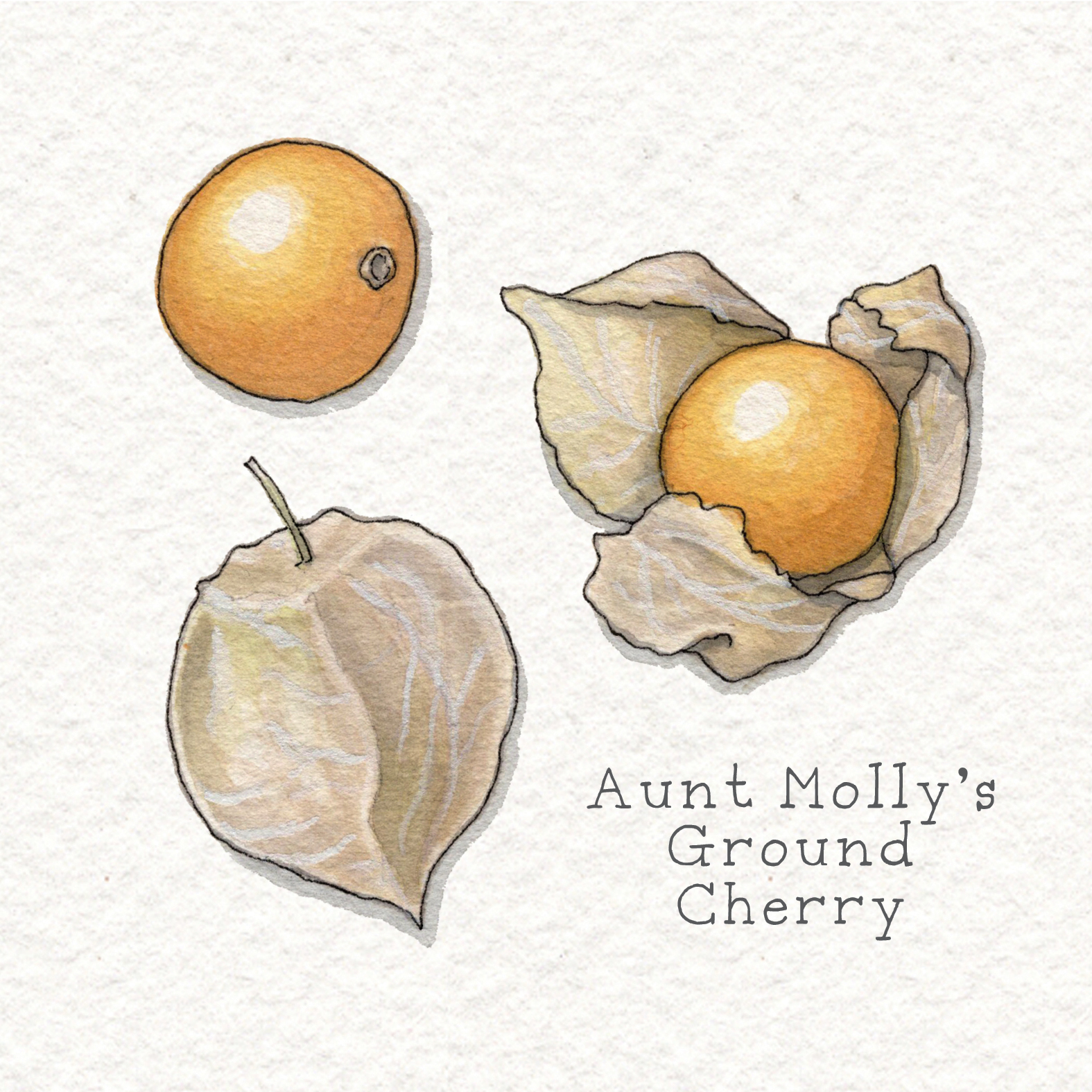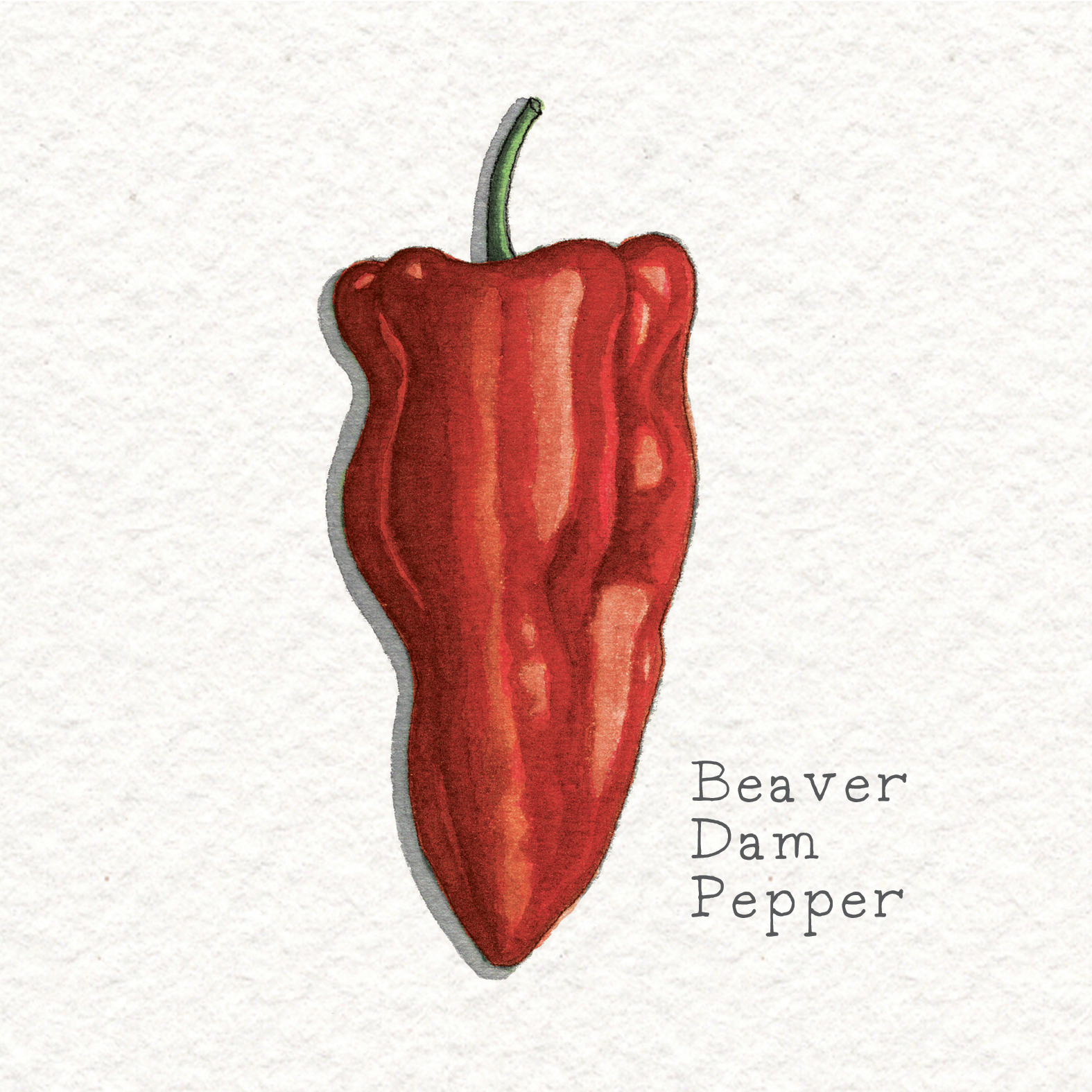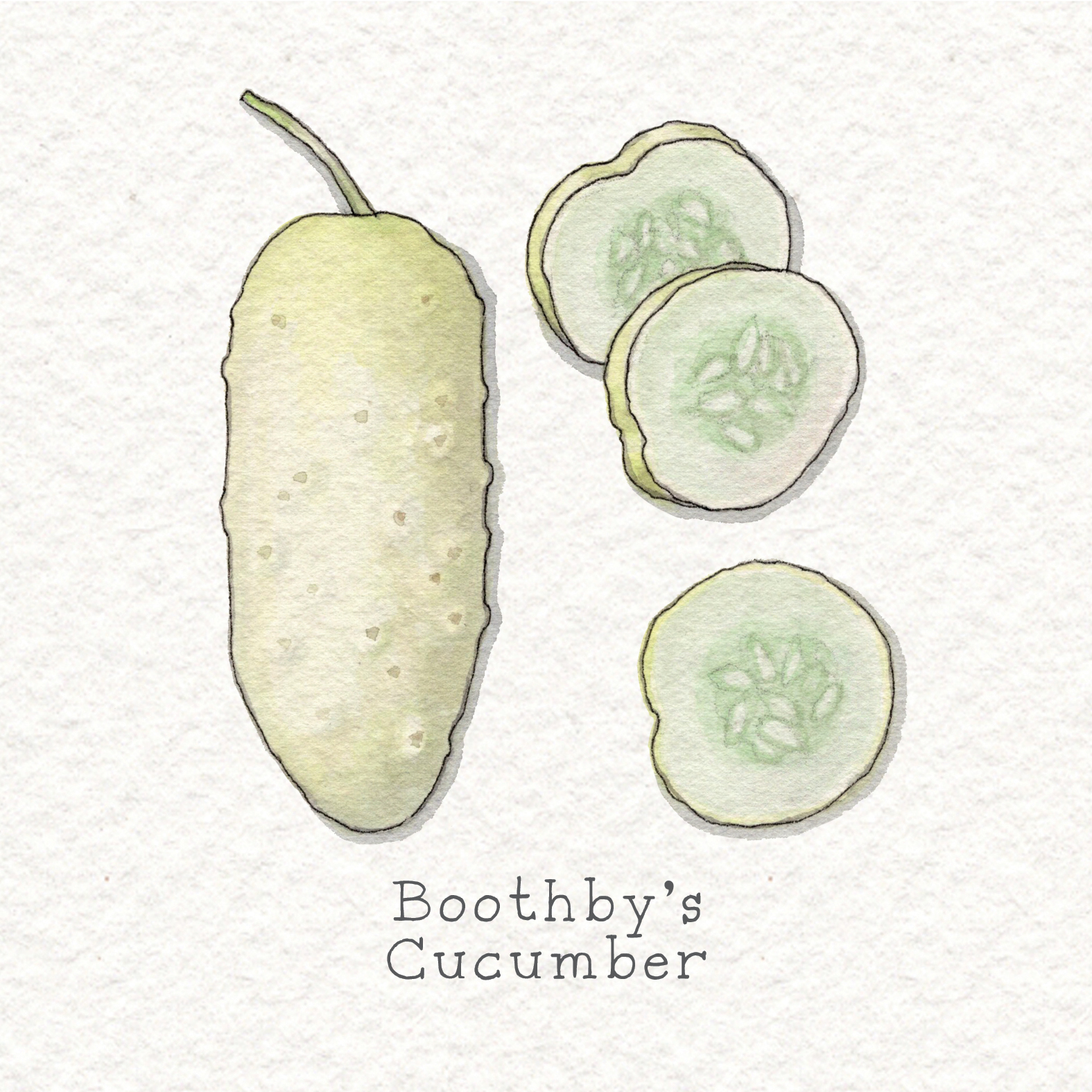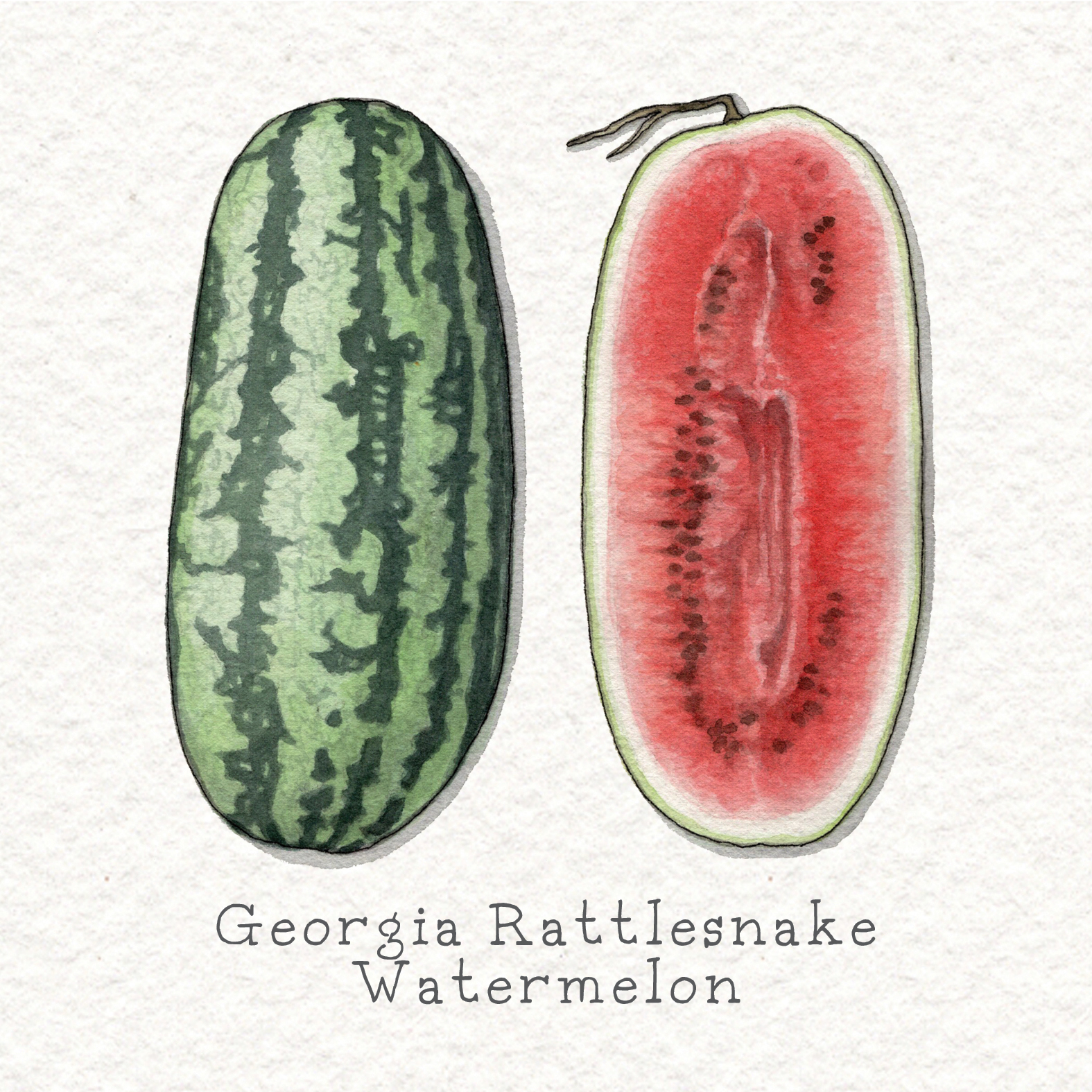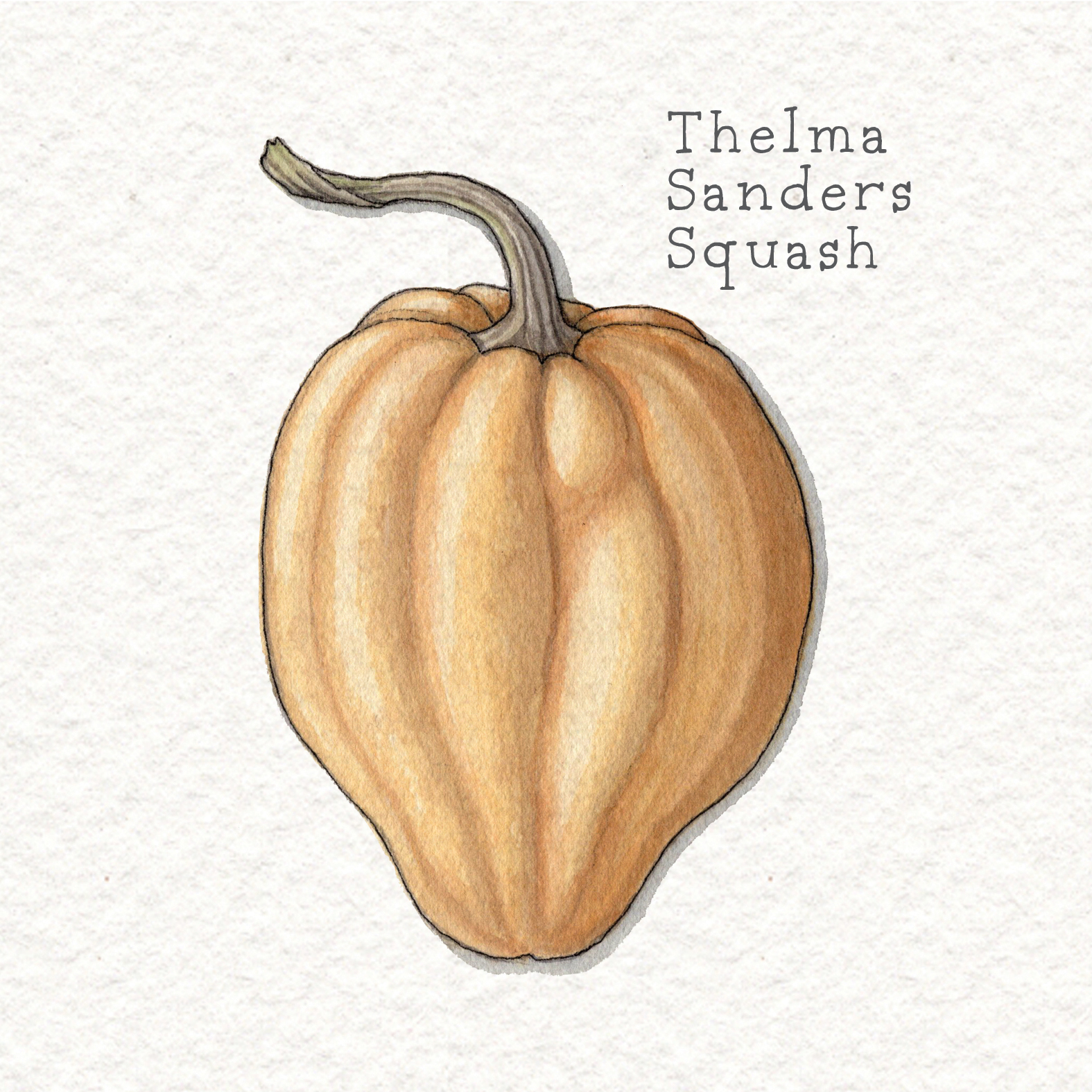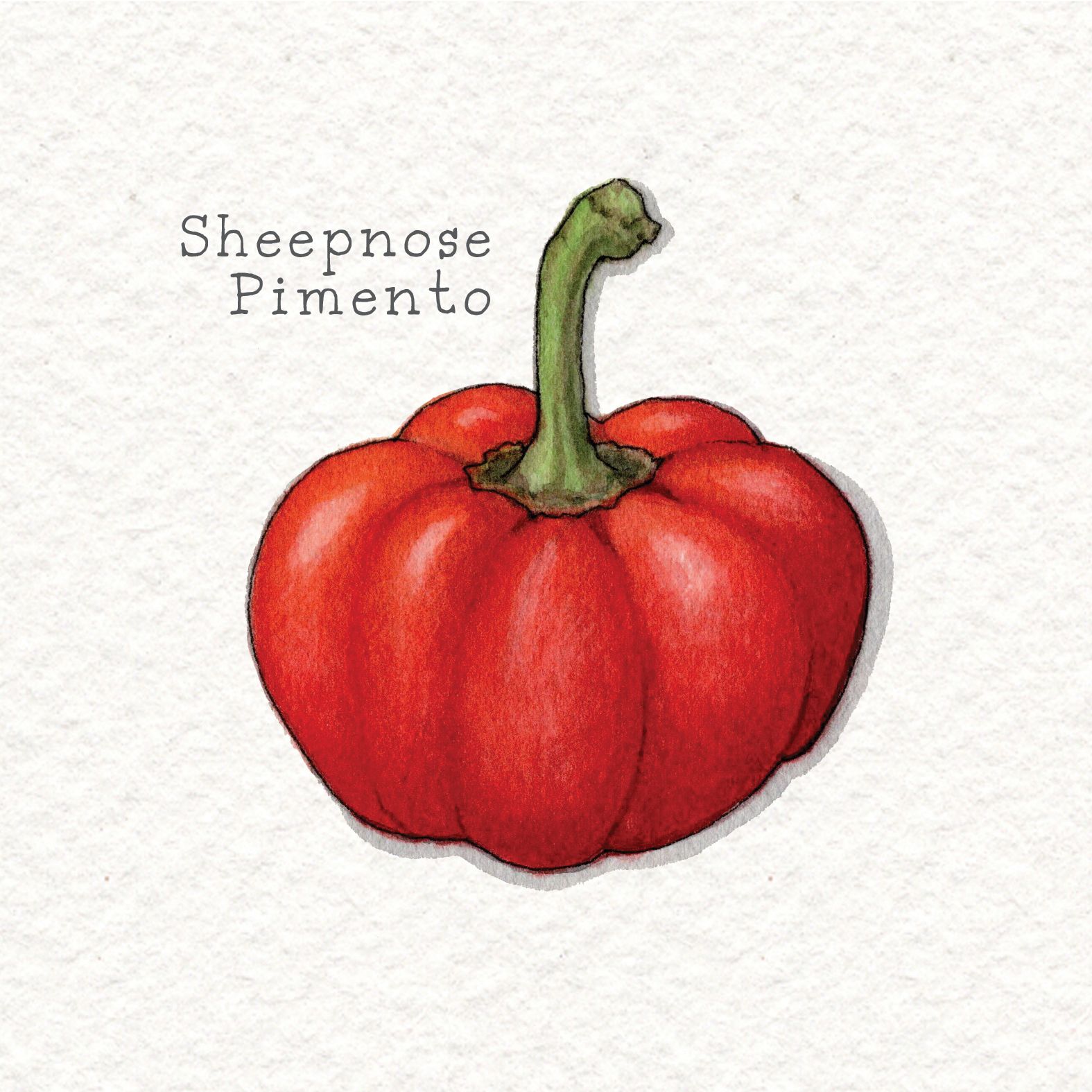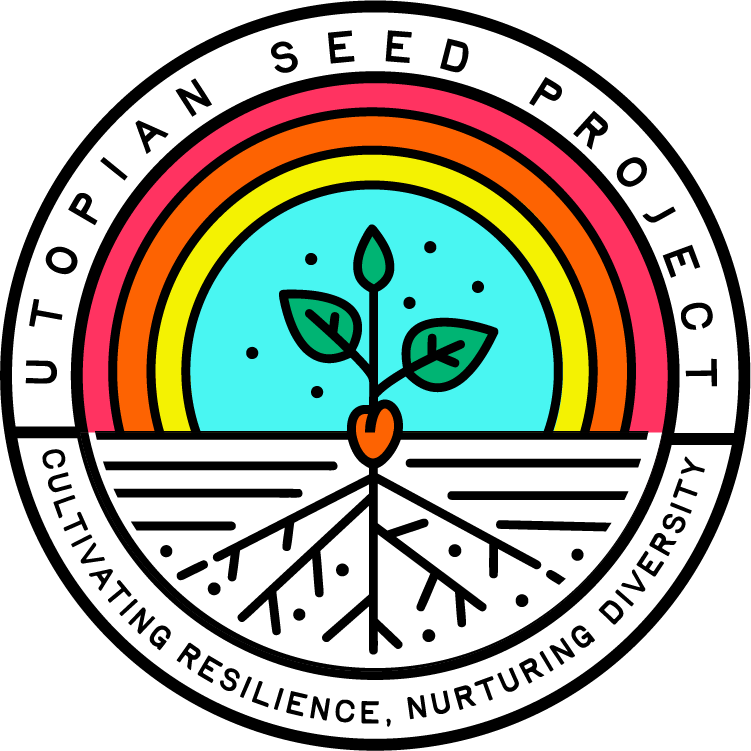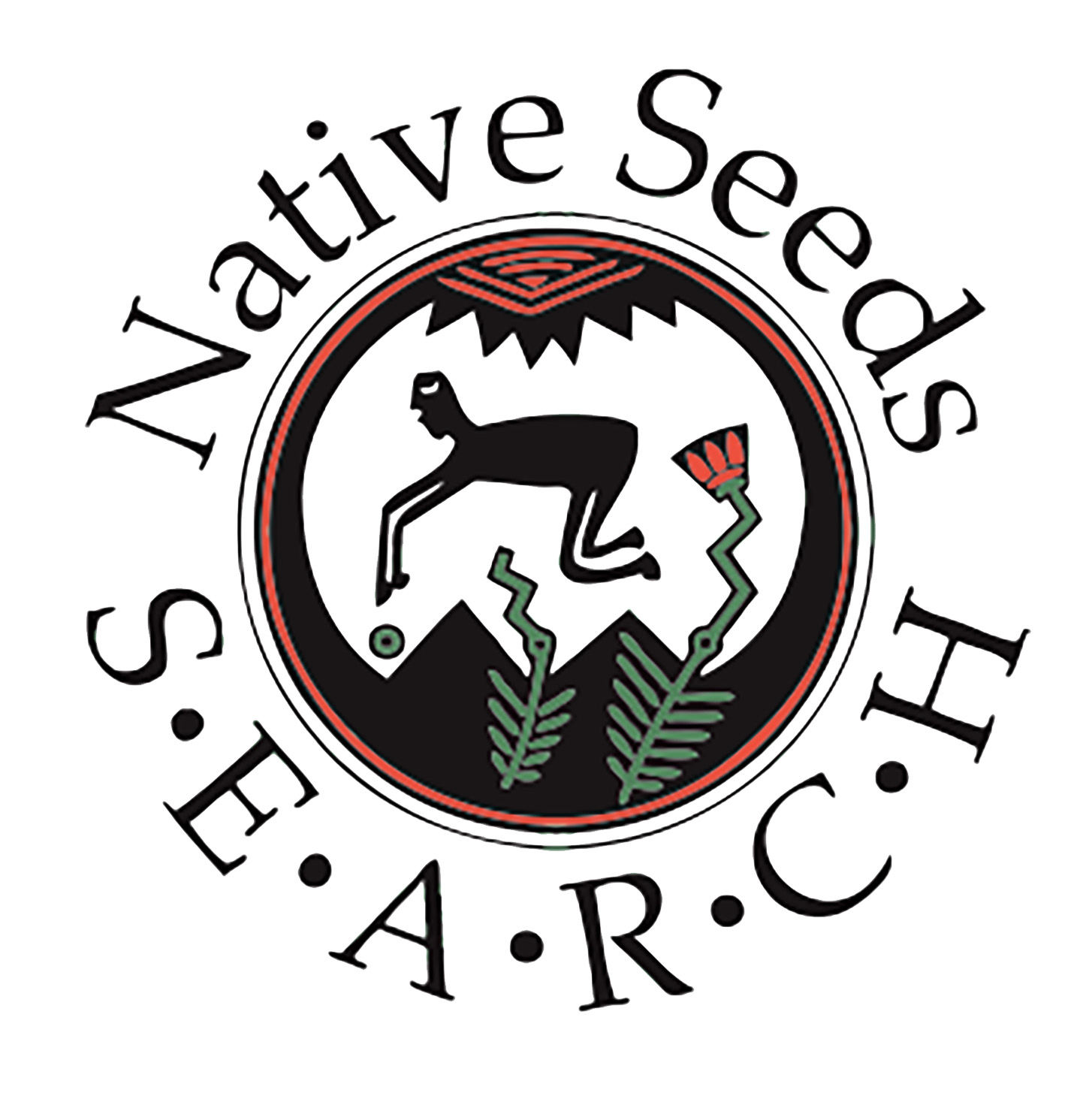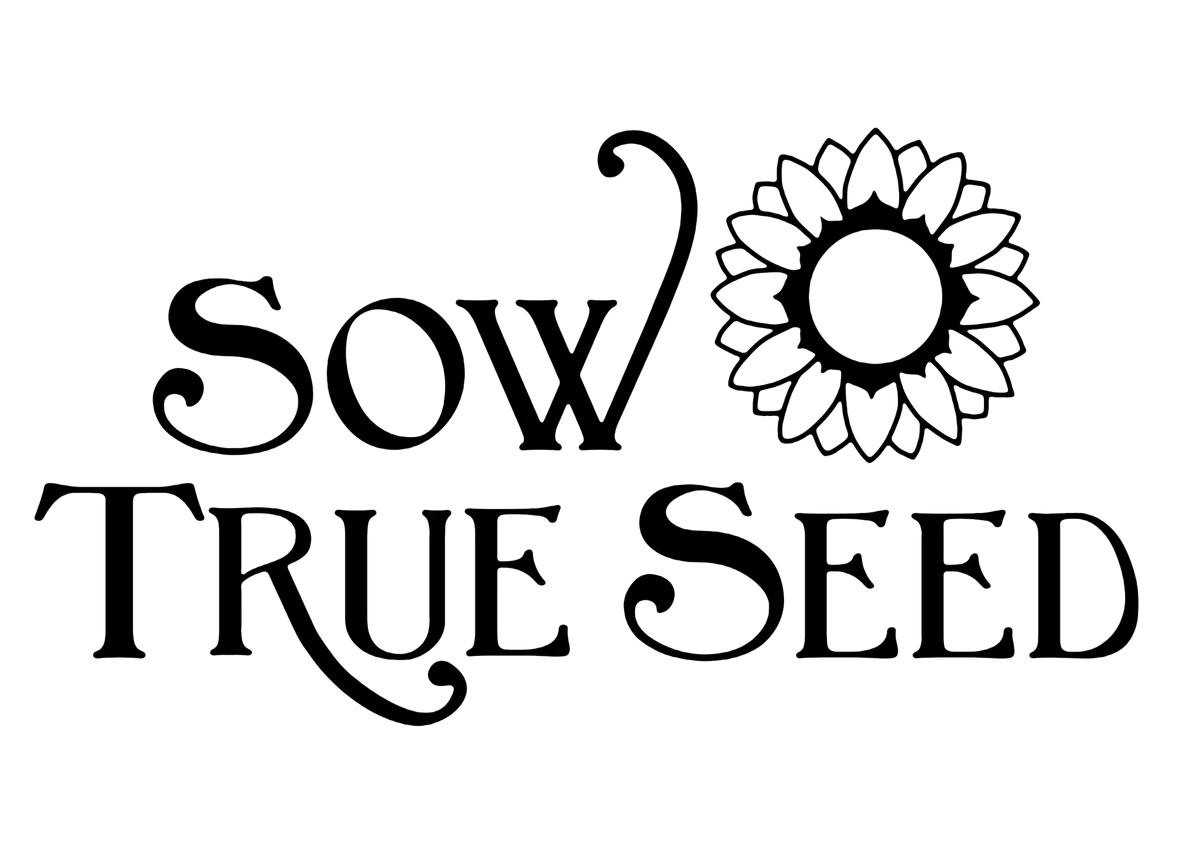

WITH THE PLANT A SEED CAMPAIGN, WE CELEBRATE BIODIVERSITY ON FARMS,
IN GARDENS AND AT SCHOOLs.
Slow Food USA invites growers to engage with climate and nutrition in our gardens and on our plates. Every year, Plant a Seed brings together a cast of rare and biodiverse seeds that tell a story. For 2025, we are featuring botanical fruits. We invite you to ground yourself and connect the dots between soil health, human health and planetary health by exploring fruits!
These flavorful fruit varieties, including six treasured Ark of Taste crops, will delight your senses with their stunning colors and irresistible flavors, you won’t believe how much fruit you can grow in your own garden!
We’re giving FREE seeds to school gardens to help kids experience the magic of growing food by planting Ark of Taste seeds! This year, you can choose seeds that work best for your region while supporting great seed companies by going directly to our seed partners. These organizations are working hard to preserve biological and cultural diversity through seeds and by patronizing them directly, you are helping to ensure they endure and thrive in their important work.
Want to help get more seeds into the hands of children? Make a donation to expand seed access to more schools!
- Schools & educators: Register to receive free seeds!
- Supporters: Donate to get more seeds in kids’ hands!

MEET OUR 2025 SEEDS
Click on each image below to learn more about the seeds! Click on the name of the seed provider in the heading or after the seed description to order!
How to buy
Check out the seeds you’re interested in above and click the name of the seed partner to purchase either in the heading or below the seed description!
Native Seeds - Promo Code
Promo code is SLOWFOOD10. Code gives a one-time 10% discount on any seed purchases though June 2.
Nature & Nurture Seeds - Promo Code
Promo code is SLOWFOOD. This discount code is for a free sticker. The discount will be applied at checkout.
Southern Exposure Seed Exchange - Promo code
Sow True Seed - Promo Code
Use code SLOWFOOD for $2 off the seed varieties at checkout.
Utopian Seed Project - Promo Code
Code SLOWFOOD gives a $0.50 discount on the packet price of the Ultracross Okra.

our goals for this year’s campaign
Ultimately, we aim to bring awareness of how simple acts of growing culturally significant crops in our gardens can impact our climate and nutrition while we learn from the communities who are stewarding them. We’re excited to launch Plant a Seed 2025, a program that provides FREE seeds to school gardens, helping kids learn through hands-on growing! This year, we’re making it even better by letting communities choose the seeds that thrive in their region while supporting great seed companies.
Here’s how you can help:
- Check out the 2025 Plant a Seeds here and then patronize our awesome list of seed partners and get your garden growing!
- If you’re involved with a school garden, register to receive free seeds!
- Make a donation to help us send seeds to even more schools.
Together, we can nurture the next generation of gardeners and food leaders!
Support Slow Food USA by Donating to a School Garden
Help schools grow gardens! Donate to Plant a Seed 2025 and support seed donations for hands-on learning and garden education for kids.🌿✨
Get Free Seeds for Your School Garden – Plant a Seed 2025!
Register your school garden for Plant a Seed 2025 and receive donated seeds! Inspire kids to grow food and learn through gardening. Also check out the SFUSA Wellness Toolkit and other garden curriculum for schools.🌱✨
PRESERVE BIOLOGICAL AND CULTURAL DIVERSITY
Connect biodiversity to climate resiliency, all of the varieties in the kit will grow in a variety of conditions.
Highlight the nutritional benefits of fruiting plants and how they contribute to human and planetary health.
Uplift BIPOC growers, seed companies, and culturally relevant varieties.
EDUCATE, INSPIRE AND MOBILIZE PEOPLE
Provide educational materials, toolkits and online events to inspire deeper connection with fruiting plants and their role in climate and nutrition.
Engage Slow Food chapters to activate the campaign in their local communities.
Mobilize the larger Slow Food network to align around the connections between fruiting plants, pollination and health.
INFLUENCE POLICIES IN PUBLIC AND PRIVATE SECTORS
Introduce key policy makers and how they can make a change in climate through promotion of a diverse nutrition that includes fruiting plants.
Leverage fruiting plants as a key nutritional aspect of health.
Promote fruiting plants with institutions and advocacy groups to increase nutritional impact.
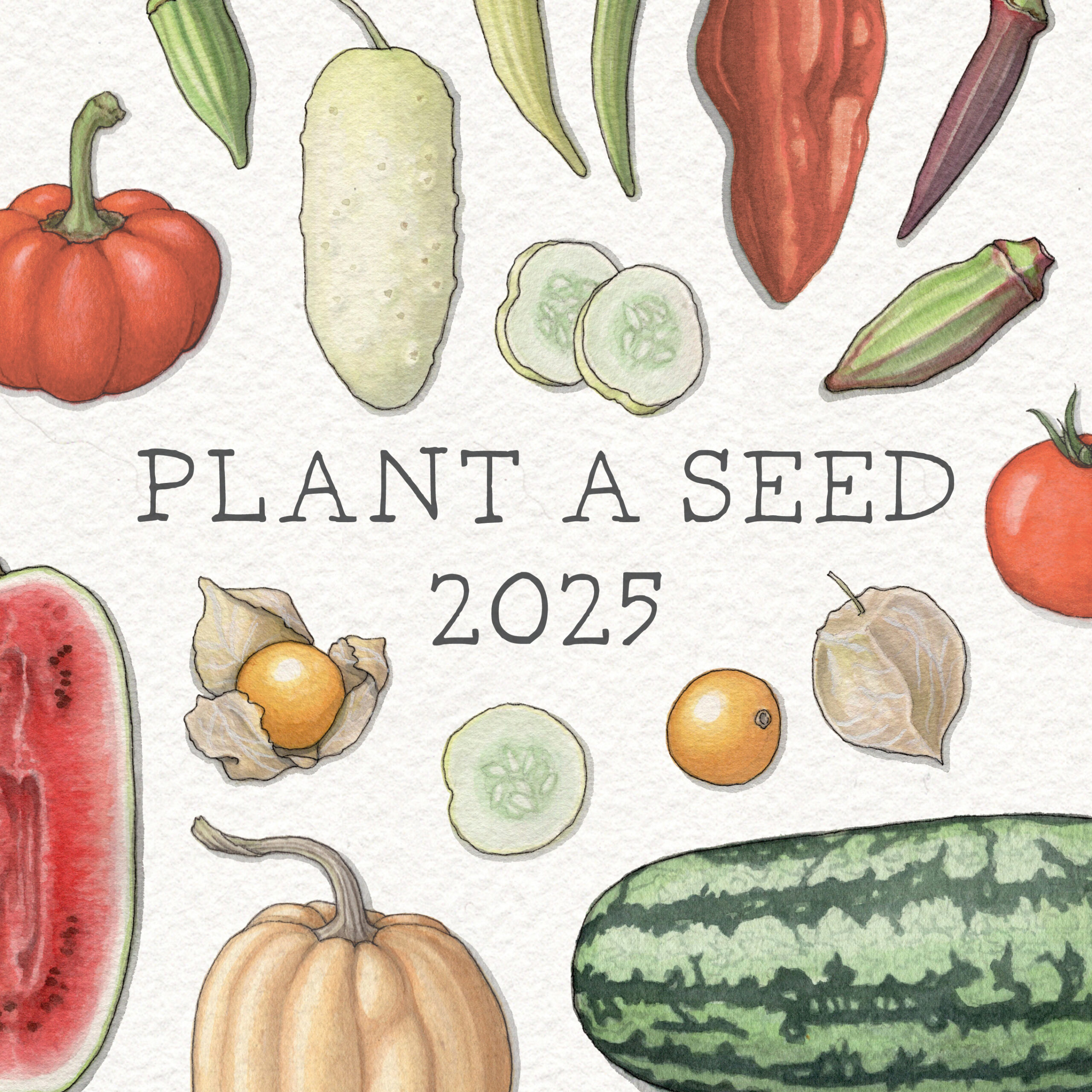

About artist Yeesan Loh
Originally from Kuala Lumpur, Malaysia, I am a painter, designer & writer, currently based in New Orleans. My work is a mash-up of two of my passions, art & cooking, and my process is very much inspired by my own curiosity and learning process. Being both left-brained & right-brained, I enjoy researching & analyzing, as much as I do creating visually beautiful things. Art, food & cooking are my love languages and how I connect with the world. They are also universal languages that connect us all.
The Plant a Seed campaign has been a joy to work on. Not only does it involve things that I enjoy painting, it also aligns with my personal mission, making it both a pleasure and honor to be a part of it.
Aunt Molly’s ground cherry (Northeast)
Seed source: Nature and nurture seeds, Seed savers exchange & Sow True Seeds
Physalis pruinosa
Growing guidance
Start ground cherry seeds indoors around April 1, keeping the soil at 85°F with a heating mat for optimal germination, which takes about 5–14 days. Once the seedlings develop leaves, maintain a temperature of 72°F as they grow. In late May, transplant them outdoors into fertile soil, spacing them 18 inches apart. If space is limited, use staking the plants to provide support. To reduce the risk of fungal diseases, practice crop rotation by avoiding areas where tomatoes, peppers, eggplants or potatoes have grown in the past four years.
The story
Ground cherries have been grown in North America since the mid 1800’s and were popular additions in Pennsylvania Dutch cuisine. And it was here that Aunt Molly’s variety came to be, at least in the States, tracing back to the Walter Schell seed company in PA around the 1920’s. In fact, the plants were first recorded in 1837 in Pennsylvania by botanist William Darlington, who described the orange ground cherry as Physalis pennsylvanica ‘with a question mark,’ presuming it to be native to the area. It was not native, however, but believed to have been introduced from the Caribbean, like others in the genus, as early as the seventeenth century. – Gardening Knowhow
Nature and Nurture Seeds / Seed Savers Exchange / Sow True Seeds
Beaver dam pepper (Midwest)
Seed source: Nature and nurture seeds & Seed savers exchange
Capsicum annuum
Growing guidance
Start seeds indoors between March 15 and April 1 in quality seed-starting mix, keeping the soil at 80–90°F with a heating mat. Germination takes 6–28 days. Once leaves appear, grow seedlings at 72°F with strong light and prevent them from becoming pot-bound. If they outgrow their pots before it’s warm enough outside, transplant them into larger containers. Move seedlings outdoors in late May, spacing them 1.5–2 feet apart in compost-rich soil. If soil pH is above 7, add sulfur to the soil. Remove early flowers from small plants for two weeks to encourage growth and stake for support.
The story
The Beaver Dam pepper is a Capsicum annuum cultivar derived from seeds brought to Beaver Dam, Wisconsin, by Hungarian immigrant Joe Hussli in 1912. It is listed in the Slow Food Foundation’s “Ark of Taste”, and is the subject of an annual festival held in Beaver Dam each September.
Nature and Nurture Seeds / Seed Savers Exchange
Boothby’s cucumber
Seed source: Seed savers exchange
Cucumis sativus
Growing guidance
Sow cucumber seeds only after the danger of frost has passed and the soil has warmed. In your garden, create 12-inch hills spaced at least 6 feet apart, planting 6-8 seeds per hill at a depth of 1 inch. Once the seeds germinate—typically within 4 to 10 days—thin the plants to 3-4 per hill. If growing cucumbers for seed harvest, keep in mind that they will occupy garden space longer than those grown for eating, taking 45-60 days after pollination to reach seed maturity.
The story
Tracing its origins, the Boothby Cucumber has a rich history linked to the Boothby family, whose ancestors came from England and Ireland. Henry Boothby brought his family to Maine around 1720, where this heirloom variety was preserved and cultivated.
georgia rattlesnake watermelon (southeast)
Seed source: Sow true seeds
Citrullus lanatus
Growing guidance
Sow cucumber seeds outdoors in 12-inch diameter hills after the last frost when the soil is warm, spacing hills 6 feet apart. For an earlier harvest, start seeds indoors 2–4 weeks before the last frost. Plant 6–8 seeds per hill, then thin to 3–4 plants once they sprout. Cucumbers need full sun and consistent moisture to thrive. To maximize space, provide vine support for better growth.
The story
The Georgia Rattlesnake Watermelon is a sweet, heirloom variety of watermelon that originated in Georgia in the mid-1800s. It’s known for its green and white stripes that resemble a rattlesnake’s pattern. The Georgia Rattlesnake Watermelon is descended from West African watermelons that have been cultivated for thousands of years. The first records of the Georgia Rattlesnake Watermelon seeds were in 1866 by the Plumb & Keitner Co. of Augusta, Georgia. The Georgia Rattlesnake Watermelon was commercially introduced during the Civil War.
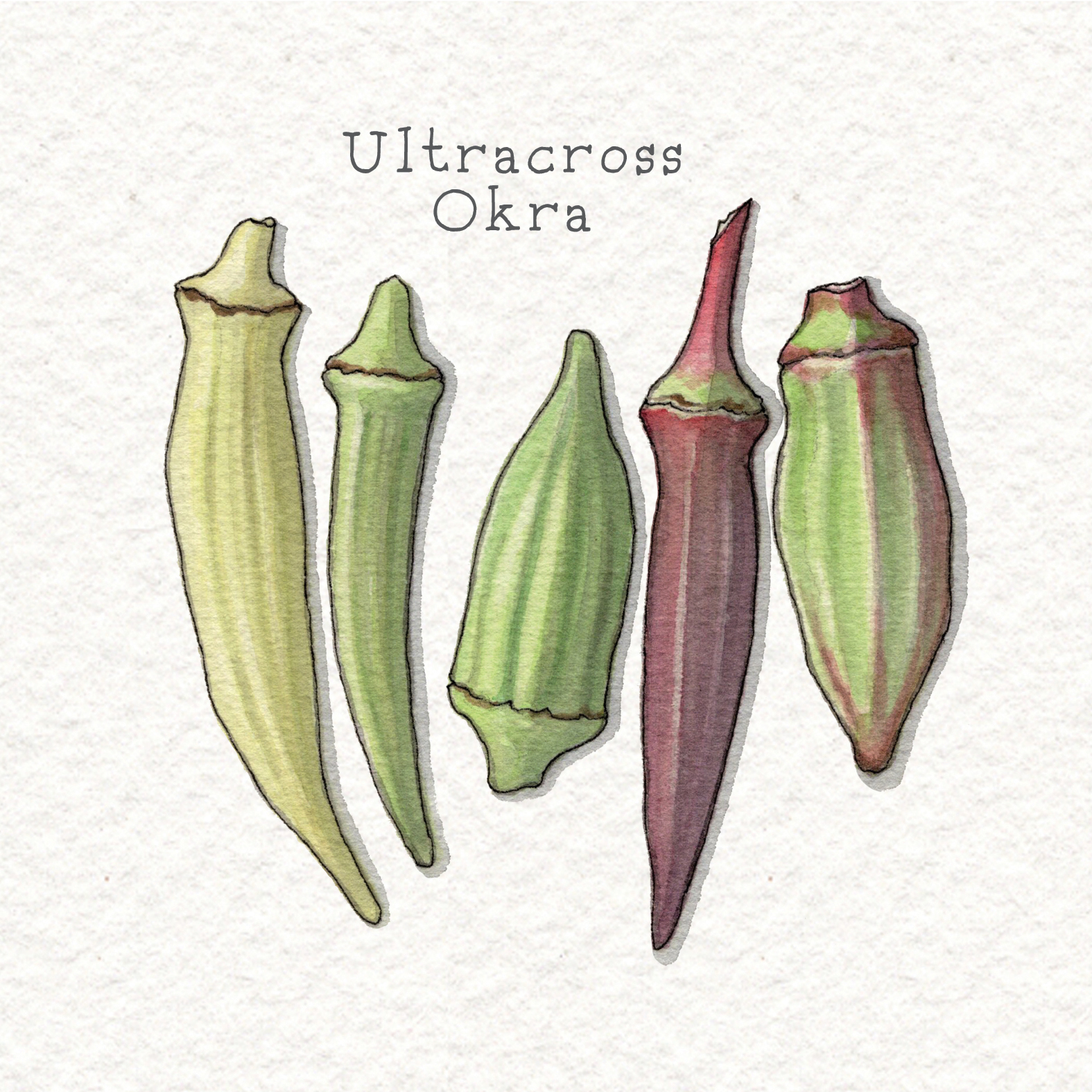
ultacross okra (Southeast)
Seed Source: Utopian seed project
Abelmoschus esculentus
Growing guidance
As a heat loving plant in the mallow family, okra germinates best in warm soils, but can also be transplanted in areas with cooler springs or shorter summers. We give plants 12″ spacing, and generally expect first flowering and pods between 50 and 60 days.
Note: the diversity of Ultracross Okra 2.0 means that you could select seeds from plants that are quick to produce, or more productive in cooler climates. Okra will keep producing high quality pods until the day length shortens towards fall and the nights begin to cool, frost will be the final knell. The entire plant is edible – leaves, flowers, pods, and seeds. Craft folks can use the long bast fibers from the stalk at season’s end.
The story
Ultracross Okra 2.0 is part of Utopian Seed Project’s broader work to introduce more diversity into food and farming. In 2024 we planted 32 varieties of Chris Smith’s (James Beard Award winning okra lover) favorite okra varieties. They were all planted together in the same field and allowed to freely cross-pollinate over the course of the growing season.
Utopian Seed Project operates a no-till, no-spray farm, which means we are rich in pollinator actively. Suffice to say, the okra had a promiscuous summer. We saved seeds from pods of all the different varieties, knowing that the children (the seeds we are now distributing) will be a beautiful and diverse mix of many okra types. You’ll see red, green, and mixed okra pods. They’ll be short, long, and fat. They’ll be round, ridged and slab shaped. It’ll be an exciting exploration of okra diversity. There’s even a chance you’ll find some plants you don’t like, but that’s OK too! Our aim with our Ultracross projects is to offer up high levels of diversity so that you, the gardeners and farmers, can pick and choose your favorite plants to save seed from, or just maintain a highly diverse population that will shift and change with the seasons. Diversity translates to resilience and offers high levels of adaptive capacity. But just as important, is the invitation to develop a personal and unique relationship with okra.
thelma sanders squash (midwest)
Seed Source: Nature and nurture seeds, Seed savers exchange, SOUTHERN EXPOSURE SEED EXCHANGE & Sow True Seeds
Cucurbita pepo
Growing guidance
Winter squash grows in summer but stores well for winter use. Thelma Sanders is a vining variety, so give it plenty of space. Direct sow seeds outdoors around June 1, planting them ½–1 inch deep and 4 feet apart. Germination takes 4–10 days. If starting indoors, use biodegradable pots and plant seeds around May 1, keeping the soil at 85–95°F with a heating mat. To prevent damping off, keep soil slightly dry and use a fan for air circulation. Once seedlings have two leaves, grow them at 72°F and avoid letting them become pot-bound. Transplant outdoors in early June, pot and all, into compost-rich soil. Protect young plants from pests with row covers until flowering, and guard against deer and groundhogs.
The story
Originally from Thelma Sanders of Kirksville, Missouri. The seed was passed from Evert Pettit to Sue and Tom Knoche, Ohio squash collectors. Wonderful cream-colored acorn squash. Sweet chestnut flavor, enormously productive. Thelma described this good keeper as ‘better than sweet potatoes.
Nature and Nurture Seeds / Seed Savers Exchange / Southern Exposure Seed Exchange / Sow True Seeds
sheepnose pimento (midwest)
Seed Source: Nature and nurture seeds & Seed savers exchange
Capsicum annuum
Growing guidance
Start seeds indoors between March 15 and April 1 in quality seed-starting mix, keeping the soil at 80–90°F with a heating mat. Germination takes 6–28 days. Once leaves appear, grow seedlings at 72°F with strong light, and prevent them from becoming pot-bound. If they outgrow their pots before it’s warm enough outside, transplant them into larger containers. Move seedlings outdoors in late May, spacing them 1.5–2 feet apart in compost-rich soil. If soil pH is above 7, add sulfur. Remove early flowers from small plants for two weeks to encourage growth, and stake if they start to fall over.
The story
Pimento peppers are round and squat-shaped and are known for their sweet, fruity, aromatic flavor and early ripening. Erica has been eating sweet bell peppers directly from the garden for years, just like an apple. Then we grew Sheepnose Pimento—Its thick & juicy walls are so sweet and delicious that you’d think you were eating a piece of fruit! A family heirloom from Ohio. Listed on Slow Food USA’s Ark of Taste. Keeps for a long time in the fridge. Not the most productive pepper but the unique flavor makes up for it! If you love sweet bell peppers, you will want to try Sheepnose Pimento.
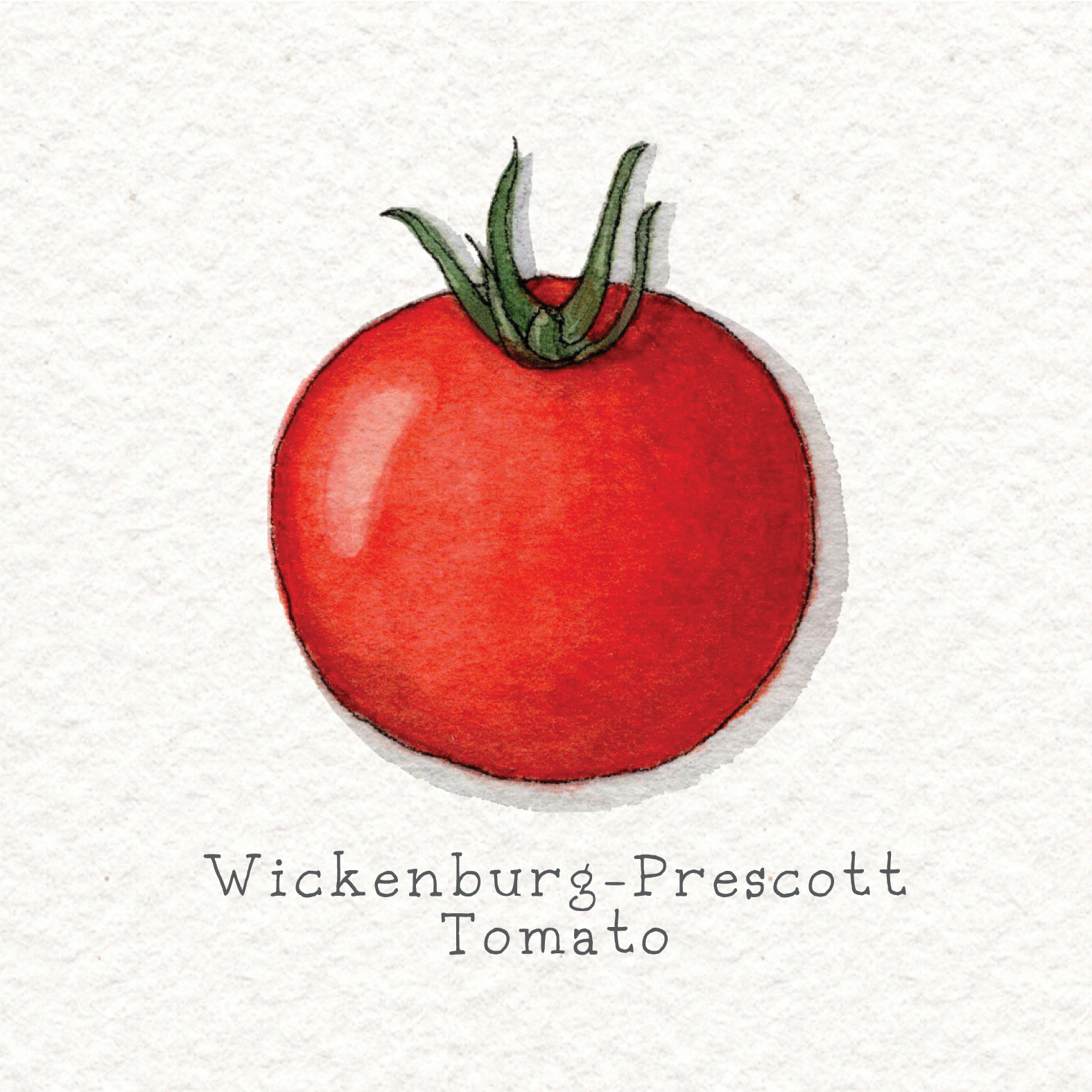
Wickenburg-prescott tomato
Seed Source: Native seeds / search
Solanum lycopersicum
Growing guidance
Start tomatoes indoors 4 to 6 weeks before the average last spring frost of May 8th. Transplant your seedlings into the gardens when nighttime temperatures are at least 45°F, and soil temperature is ideally 70 – 90°F degrees.
The story
When Chef Molly Beverly partnered with us to grow Prescott Heirloom Tomatoes last summer, she also became this tomato’s newest advocate and researcher. And in doing so, she brought us an entirely new understanding of this regional treasure.
Molly lives and gardens in Chino Valley AZ, just north of Prescott, and is also the chair of Slow Food Prescott. When she learned NS/S seed stocks were low for this variety, she wanted to use her massive garden to grow more seed, with the ulterior motive of making this variety widely available in Prescott once again. And she did, handing out tomato starts and seeds at the farmers’ market and beyond. She also returned a lot of seed to NS/S so that we can make it available again to the public. But that’s just the start of the story …
Though it is part of the NS/S seed collection, we had minimal information about this tomato variety. We knew only that a Prescott family had grown it there for many years. This was not enough for Molly, so she went to work unraveling this tomato’s past. Her local connections helped. While giving away tomato seedlings at the local farmers’ market, conversation with an old friend sent her to meet the daughter of John Upton Hays. Hays was a former AZ state Senator who died in 2016, but his daughter Becky still lives and gardens at the Hays Ranch in Peeples Valley. Becky told Molly how her father loved this tomato and grew it for 50 years, also saving seed and distributing plants where he could. Becky said that donating the seed to NS/S was just “the kind of thing he would do”. So it looked like Molly had uncovered the first part of the mystery, but she wasn’t done yet. She wanted to know where John Hays got the seed to begin with. Becky pulled out a plastic medicine bottle filled with tomato seed and told Molly “Dr. Bralliar of Wickenburg developed these tomatoes and many other plants for our arid environment. He was the first medical doctor in Wickenburg and a good friend of my dad’s”.
So Molly next ventured south to Wickenburg, leaving the high desert for the land of saguaros. She interviewed two Wickenburg residents who confirmed that Dr. Floyd Boynton Bralliar kept a large bowl of these tomatoes on the counter in his office, and distributed seed and plants widely. In addition, his father, Dr. Floyd Burton Bralliar, was an educator and scientist with a doctoral degree in agricultural biology, who taught at an agricultural college in Tennessee for many years and specialized in plant breeding and testing. The younger Bralliar apparently inherited this interest in plants as he was well-known in Wickenburg for his expertise with flowers, landscaping, and vegetable gardening.
So the Bralliar family seems to be the likeliest origin for this particular tomato variety. On reporting all this to NS/S, Molly suggested we should change the tomato’s name to the Bralliar tomato. We decided, however, to make the change to the new name: Wickenburg-Prescott Heirloom Tomato, to honor all the lovers, growers, and seed savers of this tomato, from the Bralliars to Senator Hays to Molly Beverly. All have played important roles in bringing this tomato to gardeners of the region.
Recognizing the Wickenburg connection to this variety also tells us that it is more versatile than we had previously thought, being adapted not only to high desert Prescott but also to Wickenburg which is of a similar elevation to Tucson. And Molly’s chefly assessment of it is that it has many characteristics of plum tomatoes “with dense flesh and no belly-button core”. Also , “not too sweet or too sour but extraordinarily balanced and actually fulsome delicious.” These smallish gems are great for fresh eating and also make a rich sauce. Perhaps this tomato is one you will want to add to your garden … if you do, SAVE THE SEEDS and share and plant it again and again, and you can become another of the stewards of this wonderful fruit!
MEET OUR SEED Collaborators
SEED collaborators
Every year, the Plant a Seed campaign strives to support small seed companies who represent a diverse community of seed enthusiasts committed to celebrating heirloom, open-pollinated, non-GMO, Ark of Taste, resilient and adaptable varieties. The seed suppliers we use collaborate with like-minded groups and organizations in an effort to provide seeds that are culturally relevant and also emphasize the need for open-pollinated biodiversity as we face the realities of climate uncertainty. The seed suppliers we highlight with this campaign recognize the unique qualities and foodways embodied in the seeds they offer and are committed to sharing these seed stories.
Special thanks to artist Yeesan Loh for her artwork featured throughout the 2025 Plant a Seed campaign.

